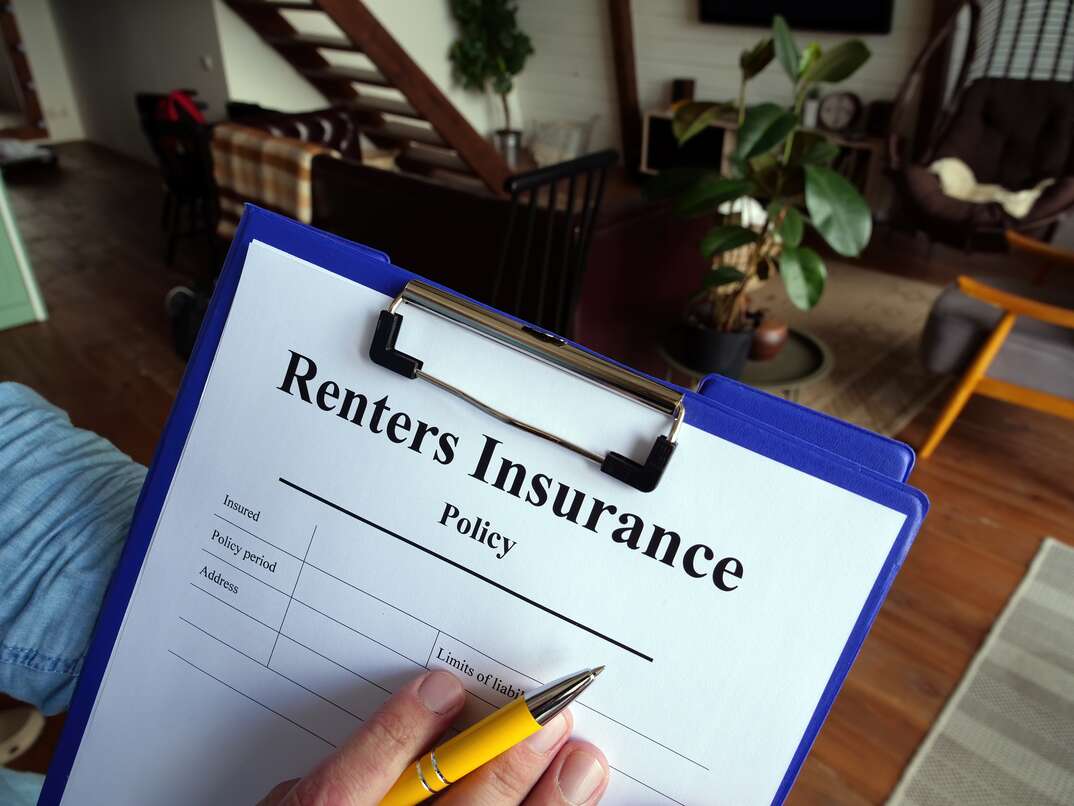- AppliancesElectriciansHVACLandscapingLocksmithPest ControlPlumbingRenovationRoofingT V RepairAll Home Improvement
- Car AccidentClass ActionCorporate LawCriminal DefenseDivorce LawEmployment LawFamily LawFinancial LawLegal AidMedical Injury LawyersMedical MalpracticeReal Estate LawWater Fire RestorationAll Legal
- InvestmentRetirementAll Finance
- Animal InsuranceAutoGeneral InsuranceHealth PolicyHome RentersAll Insurance
- DentalHealth SpecialistsAll Medical
- Animal CareVeterinaryAll Pets
- Auto GlassTowingAll Automotive
7 Factors That Affect Renters Insurance Rates

If you want to save money and protect your belongings at the same time, you need renters insurance. It’s insurance that covers your personal stuff, your legal responsibility and your extra living costs if something bad happens to your rented home or apartment. It can help you recover from losses caused by fire, theft, water damage and other disasters.
The average cost of renters insurance is $148 per year ($12 per month), according to a study by NerdWallet. But this is an average, and your actual renters insurance rates may be different.
The following are seven common factors that can influence your renters insurance rates. Remember that to get the best rates, it’s always worth speaking to your insurance company to see how you can lower your premiums without compromising coverage. Also, use online sites that compare renter insurance costs in your area to get an idea of what’s available, as your insurance company might not be your best option.
1. Location
Your ZIP code determines the risk of natural disasters, crime and other hazards that could damage your property or cause liability claims. For example, if your location is prone to flooding, earthquakes or hurricanes, you’ll likely pay more for renters insurance than someone who lives in a safer area. Similarly, if your neighborhood has higher crime rates, you may be more at risk of burglary or vandalism, which can increase your premiums.
2. Type of Dwelling
Different types of dwellings have different levels of security, fire protection and maintenance, which can affect the likelihood of a claim. For example, if you live in a detached house, you may pay less for renters insurance than someone who lives in an apartment because you have more control over the safety and upkeep of your property. On the other hand, if you live in a shared house, you may pay more for renters insurance than someone who lives alone because you have more potential sources of liability and damage.
3. Claim History
Your claim history is a record of the claims you’ve made or been involved in with your previous or current insurance policies. Insurance companies use this to evaluate your risk profile and determine how likely you are to file a claim in the future. If you have a history of frequent or large claims, you may be considered a high-risk customer and pay a higher premium. Conversely, if you have a clean claim history, you may be rewarded with a lower premium or a no-claims bonus.
4. Coverage Limits
Your coverage limits are the maximum amount of money your insurance company will pay for a covered claim. The higher your coverage limits, the more protection you have, but you'll also pay more for your policy. If your coverage limits are lower, you’ll have less protection, but your premiums will also be lower.
More Related Articles:
- 7 Clauses to Look Out For in Your Homeowners Insurance Policy
- What’s a Deductible?
- Insurance Terms, What Is an Act of God?
- What Is an Insurance Premium?
- What’s the Difference Between Homeowners and Renters Insurance?
5. Deductible
Your deductible is the amount of money you must pay from your own pocket before your insurance company will pay out. The higher your deductible, the less you pay for your policy, but the more you pay for a claim. If your deductible is lower, you’ll pay more for the policy, but you’ll also pay less for a claim.
6. Security Features
Your security features are the devices or systems you’ve installed or activated in your home to prevent or deter theft, vandalism or other crimes. Examples include locks, alarms, cameras and security guards. The more security features you have, the less likely you are to experience a break-in or a burglary, which can lower your risk of a claim and, therefore, your premium.
7. Discounts
Discounts are the reductions or savings you can get on your policy for meeting certain criteria or conditions. Examples include discounts for loyalty to the insurance company, for taking out multiple policies, for buying the policy online and for being a student. The more discounts you qualify for, the lower your premium will be.
Elocal Editorial Content is for educational and entertainment purposes only. Editorial Content should not be used as a substitute for advice from a licensed professional in your state reviewing your issue. The opinions, beliefs and viewpoints expressed by the eLocal Editorial Team and other third-party content providers do not necessarily reflect the opinions, beliefs and viewpoints of eLocal or its affiliate companies. Use of eLocal Editorial Content is subject to the
Website Terms and Conditions.The eLocal Editorial Team operates independently of eLocal USA's marketing and sales decisions.

